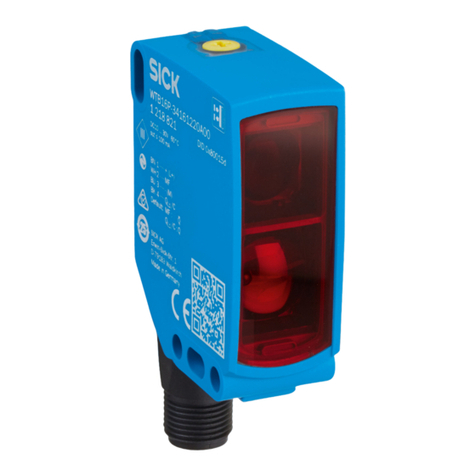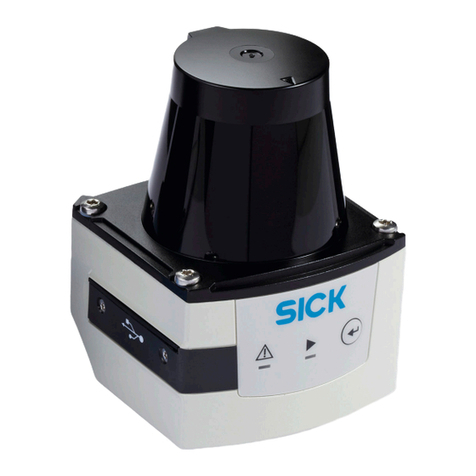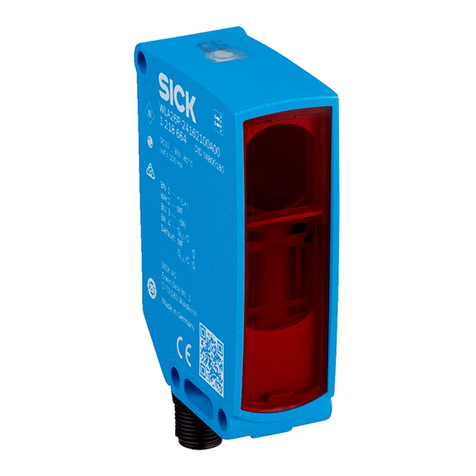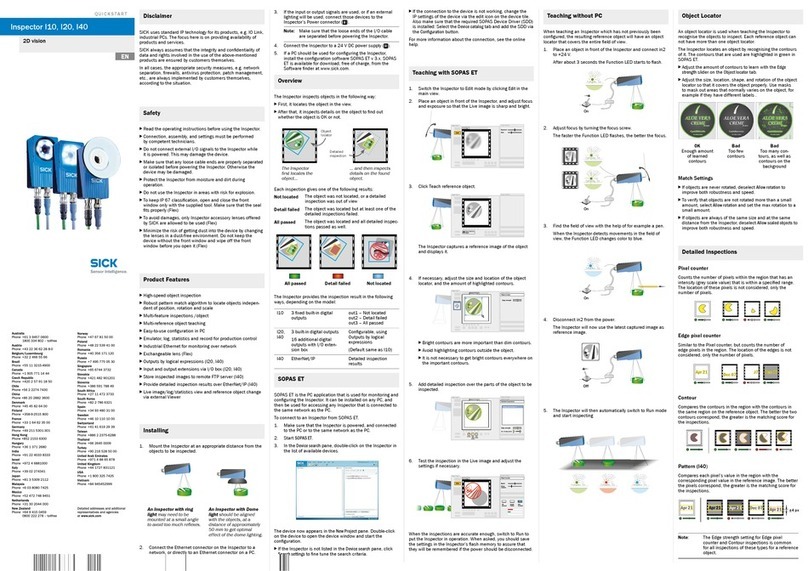SICK HTE18 Series User manual
Other SICK Accessories manuals
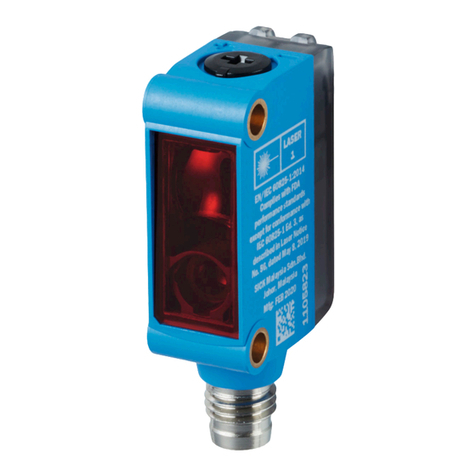
SICK
SICK GTB6L-P1 Series User manual
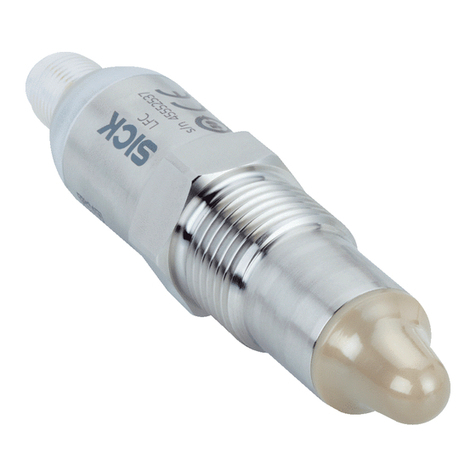
SICK
SICK LFC User manual
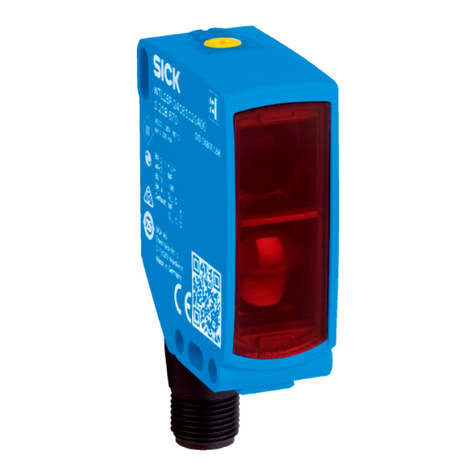
SICK
SICK WSE16 Series User manual

SICK
SICK KTS-WB61141142 Series User manual
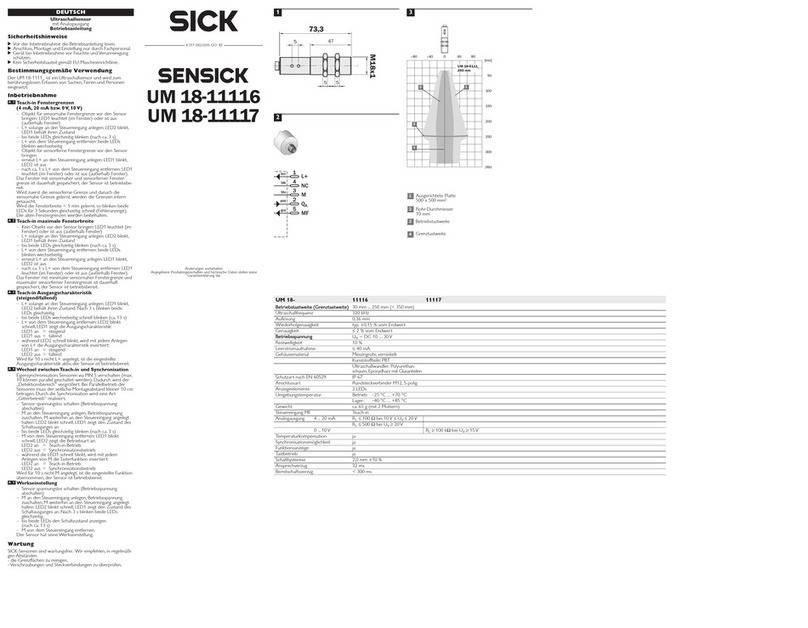
SICK
SICK SENSICK UM 18-11116 User manual
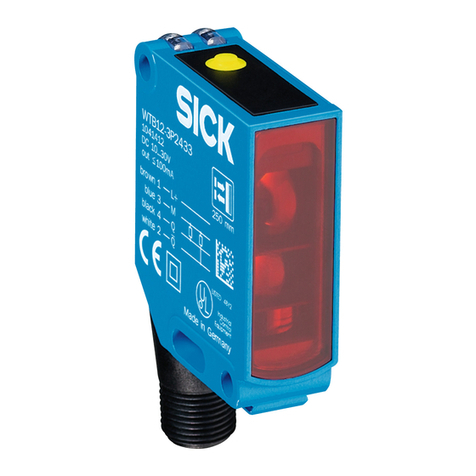
SICK
SICK WL12G-3P3572S12 User manual
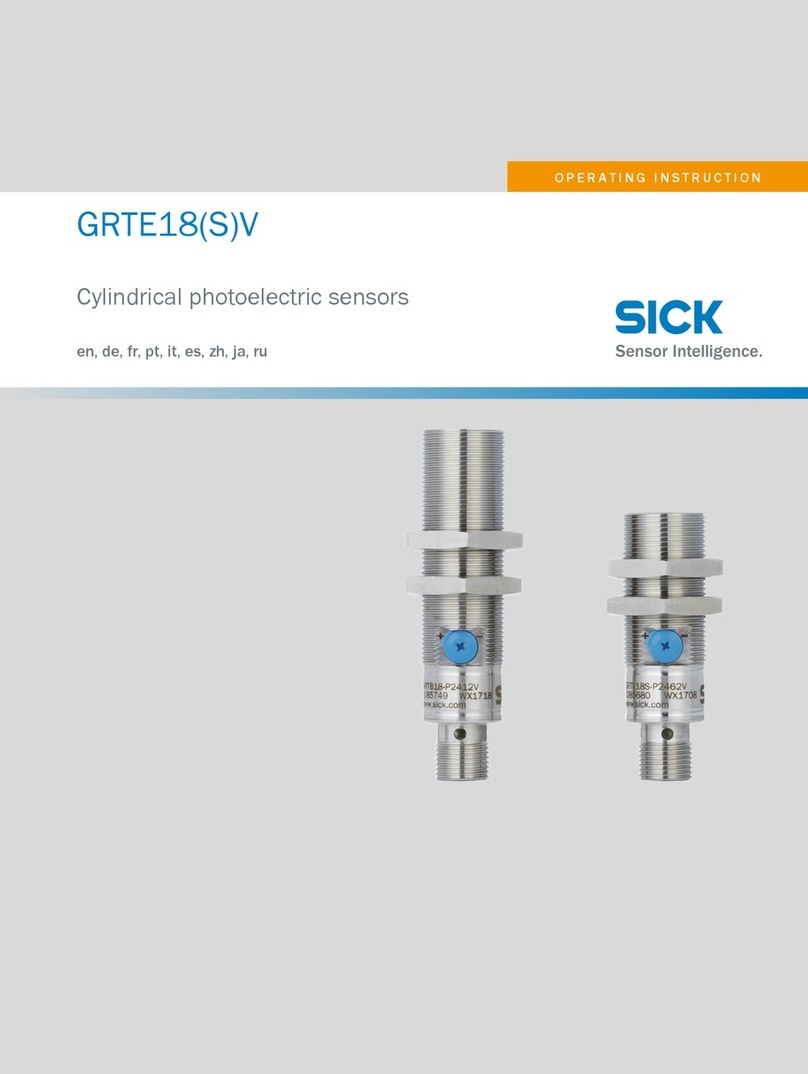
SICK
SICK GRTE18V User manual
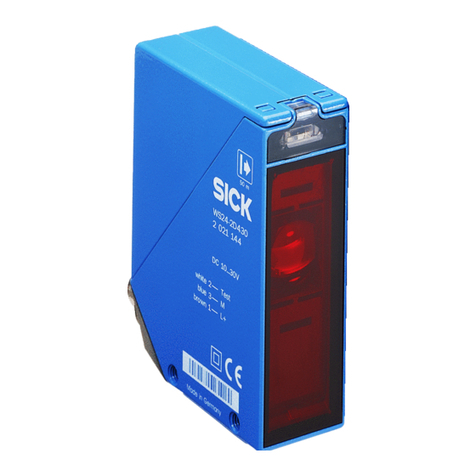
SICK
SICK WS24-2 Series User manual

SICK
SICK NAV245 User manual
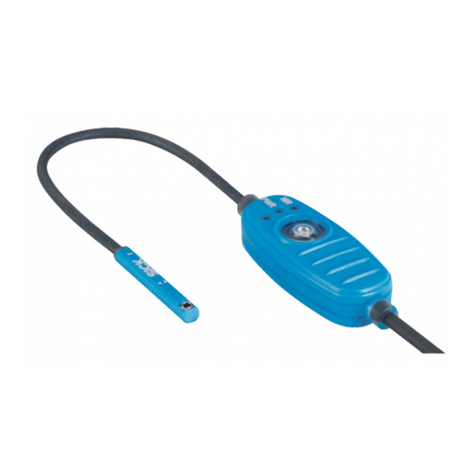
SICK
SICK MPS-G User manual
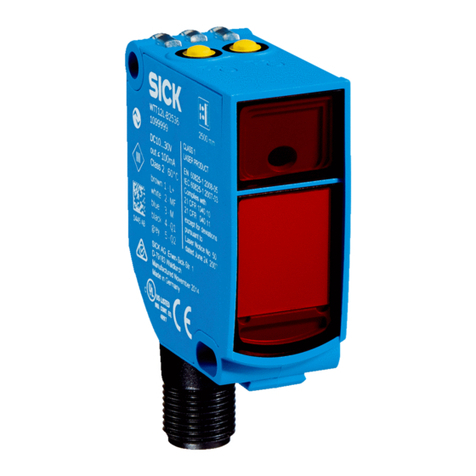
SICK
SICK PowerProx WTT12L-A Series User manual
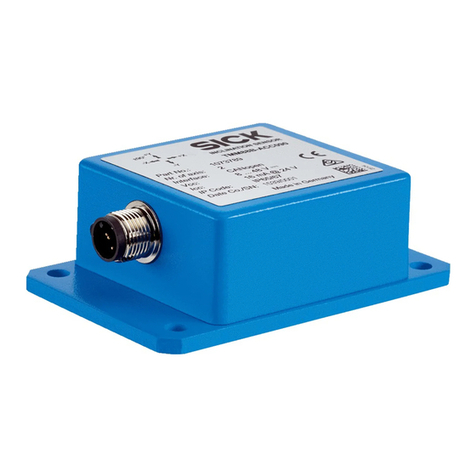
SICK
SICK TMS88 Series User manual
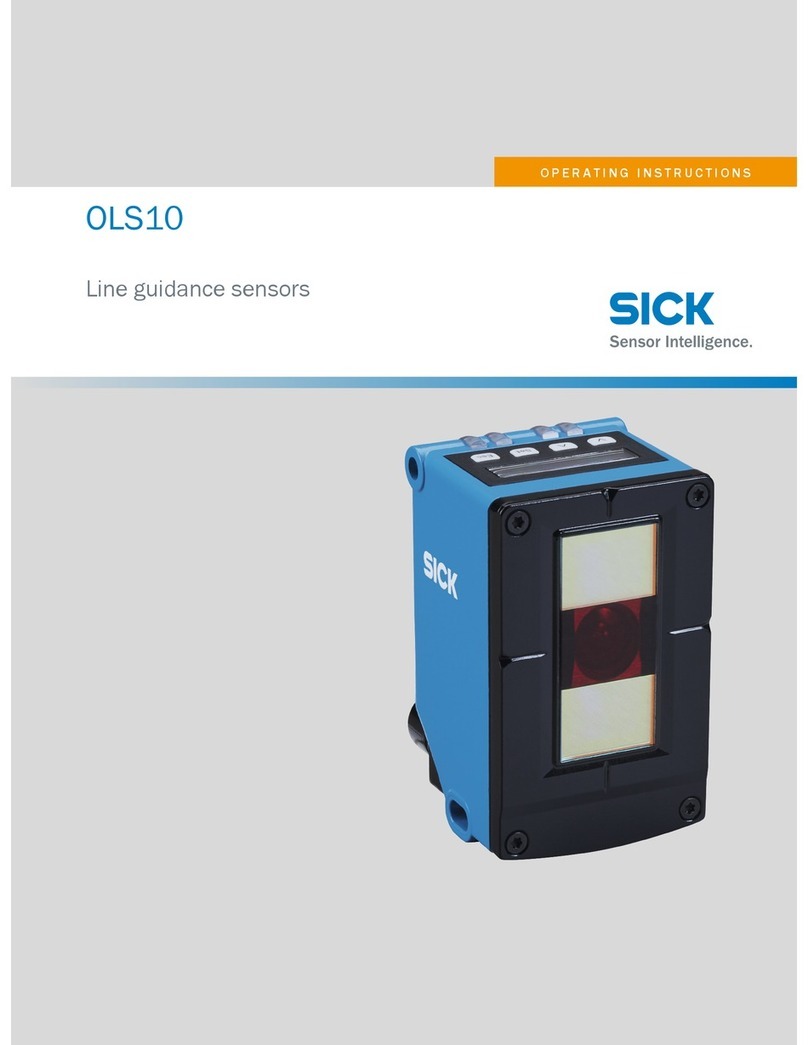
SICK
SICK OLS10 User manual

SICK
SICK WLD16 User manual
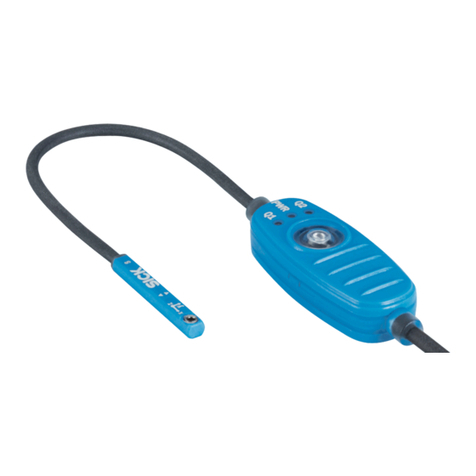
SICK
SICK MPS-G50 Series User manual
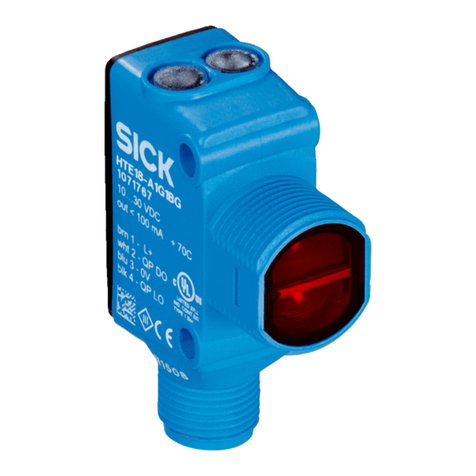
SICK
SICK HTE18 Series User manual

SICK
SICK SIM1004 User manual
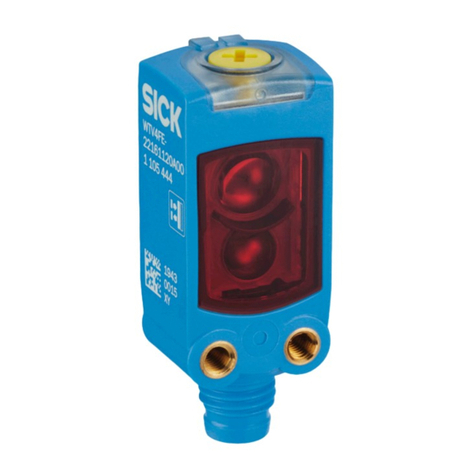
SICK
SICK WTV4F User manual
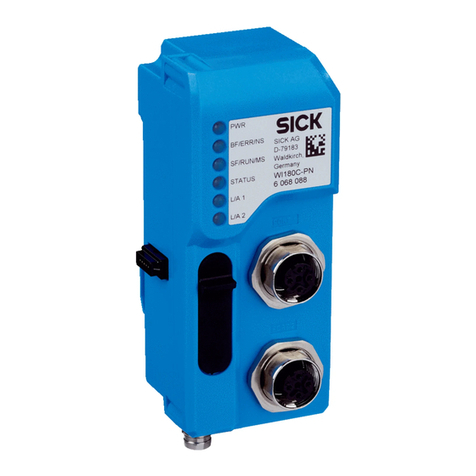
SICK
SICK WI180C-EC User manual
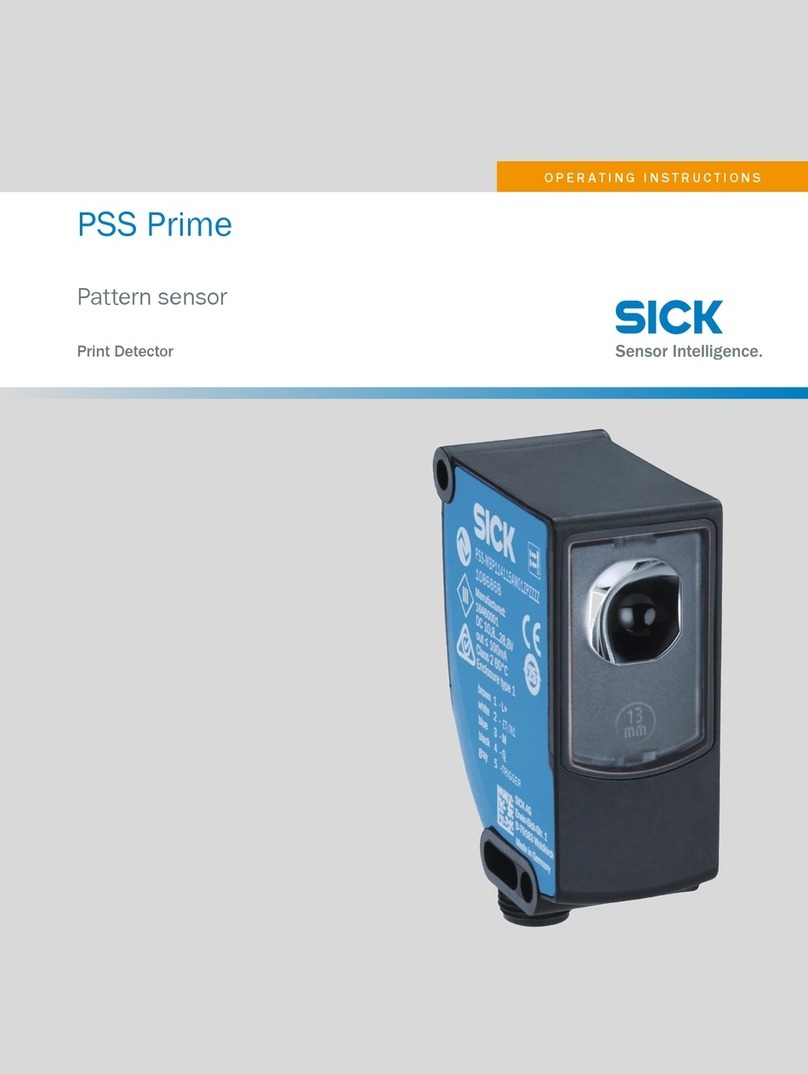
SICK
SICK PSS Prime User manual
